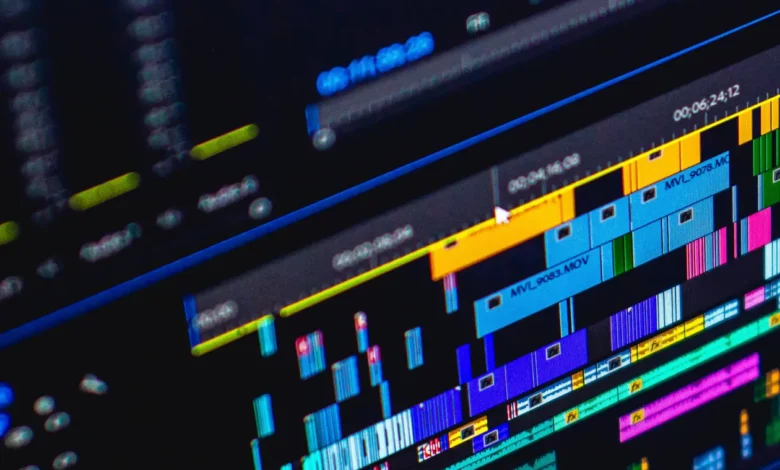The Importance of Audio Editing in Video Editors

In the realm of video production, audio editing often serves as an overlooked yet critical component that shapes the viewer’s experience. The interplay of sound elements—dialogue, music, and sound effects—can profoundly influence narrative engagement and emotional impact. Employing techniques such as noise reduction, balancing, and mixing, editors craft a seamless auditory landscape that enhances storytelling. This raises an essential question: how do the right audio editing practices not only elevate the quality of a video but also transform the viewer’s perception and interaction with the content?
Role of Sound in Storytelling
Sound plays a crucial role in storytelling, often serving as an invisible thread that weaves together the emotional and narrative fabric of a film.
Through meticulous sound design, filmmakers enhance narrative depth, guiding audience emotions and perceptions.
This auditory landscape transforms mere visuals into immersive experiences, allowing for a rich exploration of themes and character motivations.
Ultimately, it enriches the storytelling process and fosters a deeper connection with viewers.
Enhancing Viewer Engagement
To elevate viewer engagement, filmmakers must seamlessly integrate audio elements that resonate with the visual narrative.
High audio clarity enhances emotional impact, allowing sound design to immerse viewers in the story.
Thoughtful incorporation of ambient sounds, music, and dialogue not only enriches the viewing experience but also fosters deeper connections, ultimately transforming passive observation into active participation and enhancing overall viewer immersion.
Techniques for Effective Audio Editing
Effective audio editing is essential for creating a polished and professional final product in video projects, and tools like an AI music generator can greatly enhance the overall sound design.
Techniques such as noise reduction eliminate unwanted sounds, enhancing clarity. Additionally, audio mixing balances various sound elements, ensuring dialogue, music, and sound effects harmonize seamlessly.
Employing these methods not only elevates the auditory experience but also empowers creators to express their vision more effectively, fostering artistic freedom.
Tools for Audio Editing in Video Production
Video production relies on a variety of specialized tools designed to enhance audio editing capabilities.
Essential audio plugins facilitate dynamic range compression, equalization, and reverb, allowing creators to manipulate sound effectively.
Additionally, mastering diverse mixing techniques ensures the final product resonates with clarity and emotional depth.
Conclusion
In the realm of video production, audio editing serves as the backbone of storytelling, ensuring that sound elements are finely tuned to enhance the narrative. By employing effective techniques and utilizing advanced tools, editors can transform a project into a captivating experience that resonates with audiences. Ultimately, the importance of polished audio cannot be overstated; it is the glue that holds the visual and auditory components together, creating a seamless and immersive journey for viewers.




